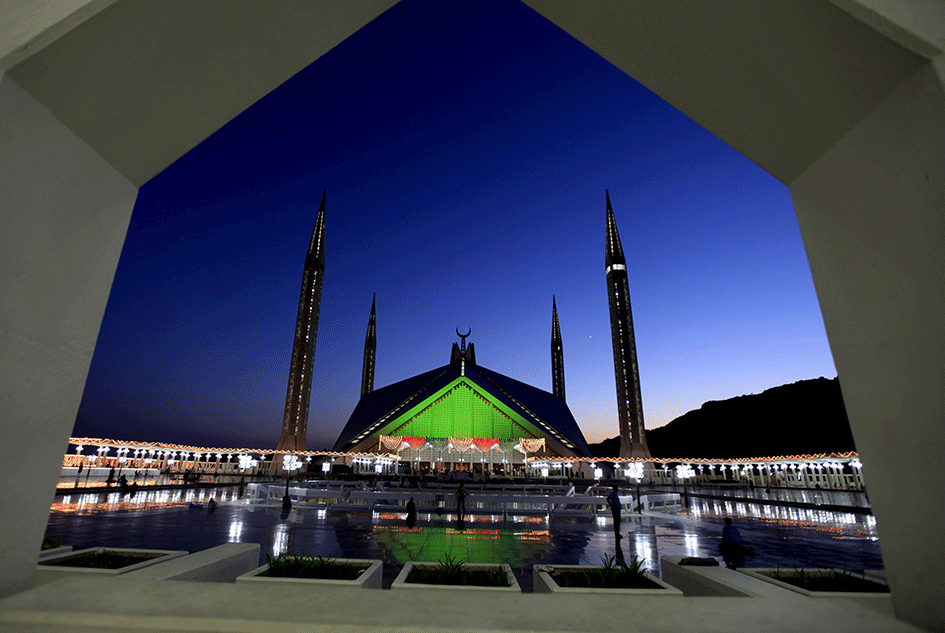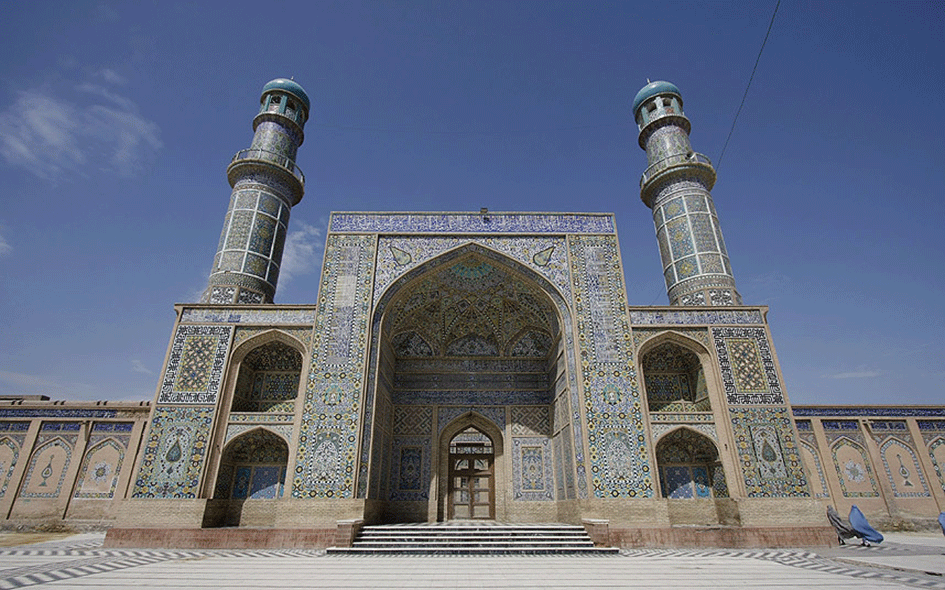Devil Soul
ELITE MEMBER

- Joined
- Jun 28, 2010
- Messages
- 22,931
- Reaction score
- 45
- Country
- Location
Three Pakistani mosques make it to 'world's most beautiful mosques' list
By Web Desk
Published: August 3, 2015
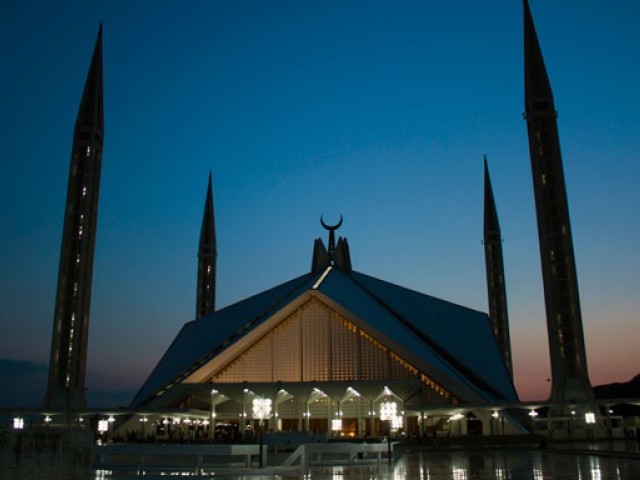
STOCK IMAGE
Three mosques in Pakistan made it to Telegraph Travel’s list of the world’s most beautiful mosques, published in appreciation of Islamic architecture around the world.
A photo gallery of the world’s most beautiful mosques was published by Telepgraph Travel displaying the intricate designs and architecture of the centuries-old places of worship.
Although beautiful mosques can be found in abundance around the world, here’s a look at our favourite ten mosques from different regions of the world.
1) Badshahi Masjid, Lahore
The Badshahi Masjid in Lahore was commission by the sixth Mughal Emperor Aurangzeb in the 17th century and is known for its red sandstone exterior and marble interior. The courtyard spreads across 279,000 square feet and its large minarets were supposedly used for storing light guns in the Sikh Civil War in 1841.
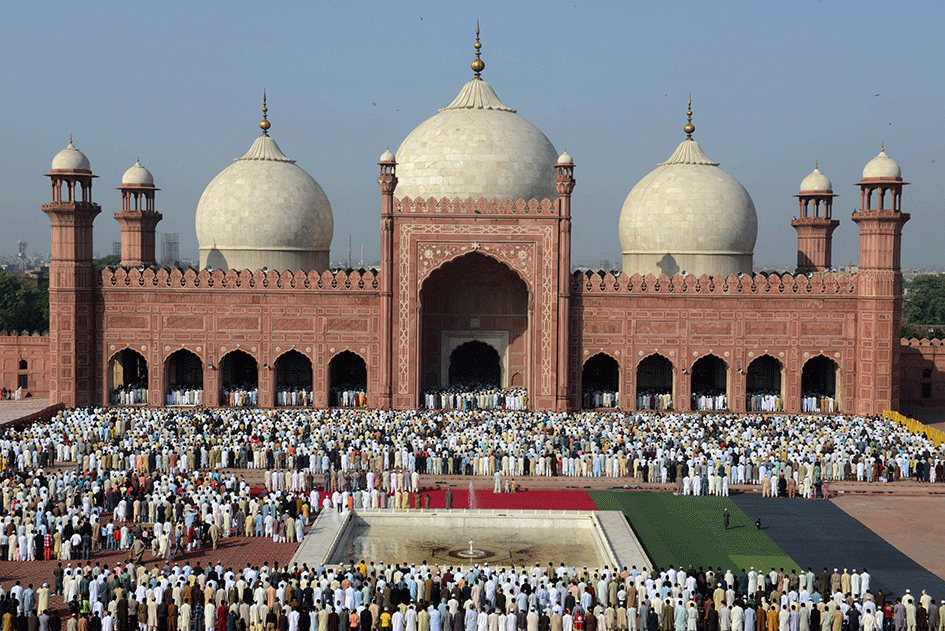
PHOTO: AMS
2) Masjid Al-Nabwi, Saudi Arabia
Built by Prophet Muhammad (pbuh), the mosque is one of the holiest sites in Islam. It is now home to the tomb of Prophet Muhammad (pbuh) inside the green dome. The mosque is made up of 10 large minarets and has the capacity of 600,000 worshipers; increasing to one million during Hajj.
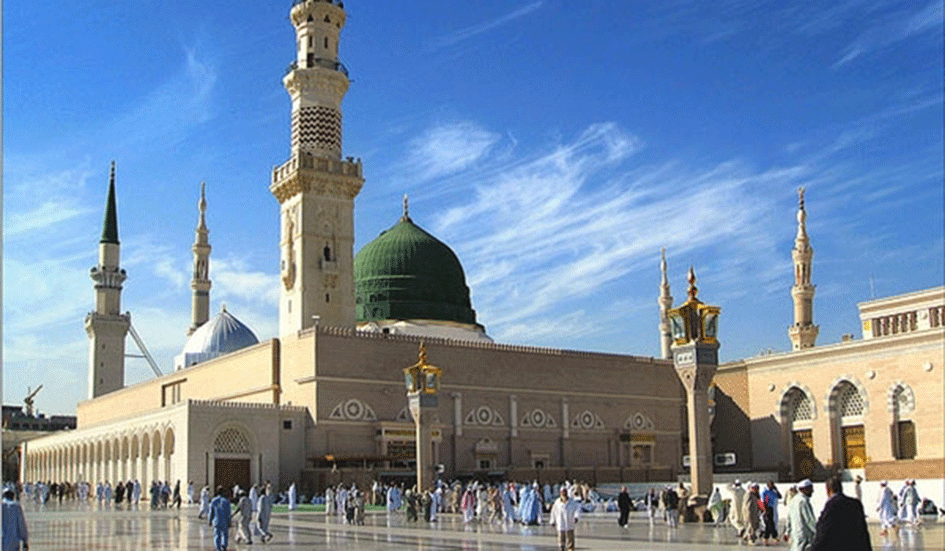
PHOTO: THEIRANPROJECT
3) Blue Mosque, Istanbul
This stunning mosque forms an essential part of Istanbul’s skyline and its six needle-like minarets give the mosque its majestic feel. The mosque derived its name from its interior which is adorned with blue Iznik tiles and was built under the reign of Ottoman Emperor Ahmed I between 1609 and 1616.
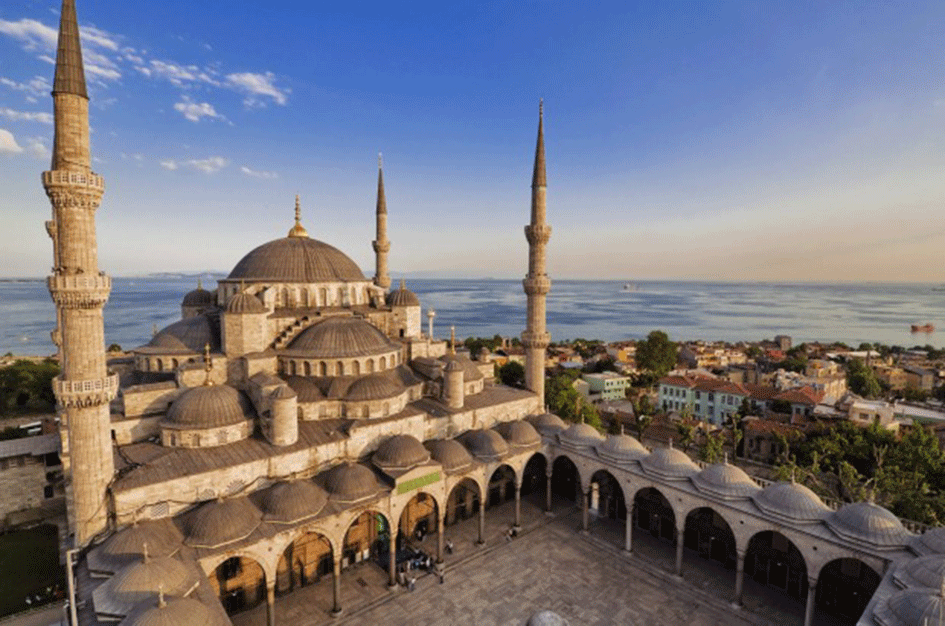
PHOTO: Traveller.com
4) Hassan II Mosque, Morocco
The Grande Mosque Hasssan II is the world’s third largest mosque and supports the world’s tallest minaret at 210 metres. It stands on the seafront of Casablanca and the seabed is visible through the glass floor in the main hall of the mosque.

5) Wazir Khan Mosque, Lahore
Lahore’s Wazir Khan Mosque is on the ‘tentative’ list for Unesco World Heritage Site status since 1993 and was built in the 17th century under the reign of Shahabuddin Muhammad Shah Jahan. It is built in cut and dressed bricks laid in kankar lime, with some red sandstone in the gate and the transept. It is adorned with fresco paintings and tiles, with the predominant colours cobalt, cerulean blue, green, orange, yellow, and purple.

PHOTO: Pakistan360
6) Jama Masjid, Delhi
The Jama Masjid is known well for its striking red sandstone, marble interior, three large domes and two minarets. In the rich history of the mosque, two bombs were set off after Friday in the mosque’s courtyard, which left several people injured. In 2010, two tourists were injured after gunmen shot at a bus stop near the mosque’s third gate.
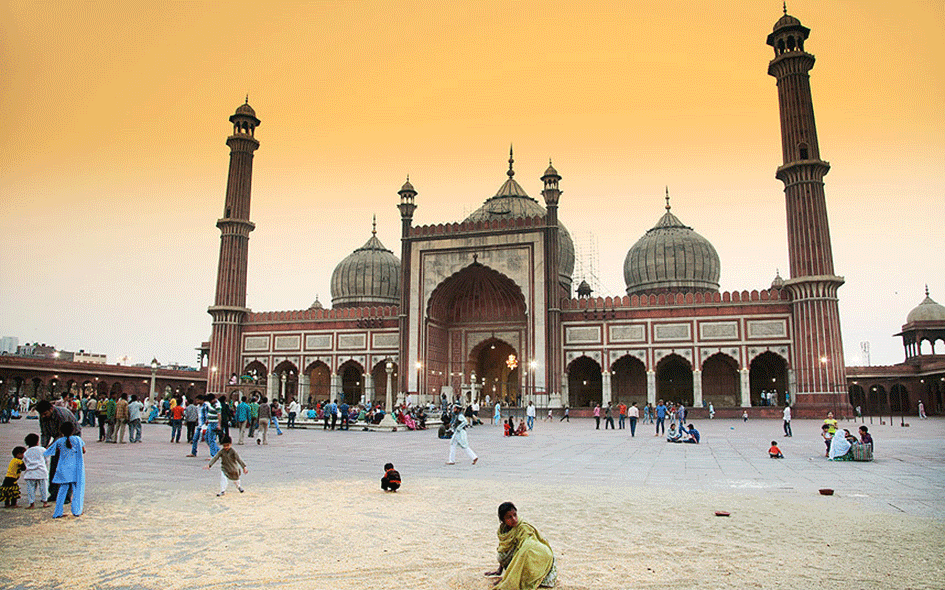
7) Sheikh Zayed Grand Mosque, Abu Dhabi
This mosque is home to the world’s largest hand-knotted carpet, crafted by 1,200 artisans, and a 12-tonne crystal chandelier. It has been described by experts as a “landmark building” that is worth visiting “for the architecture alone.”
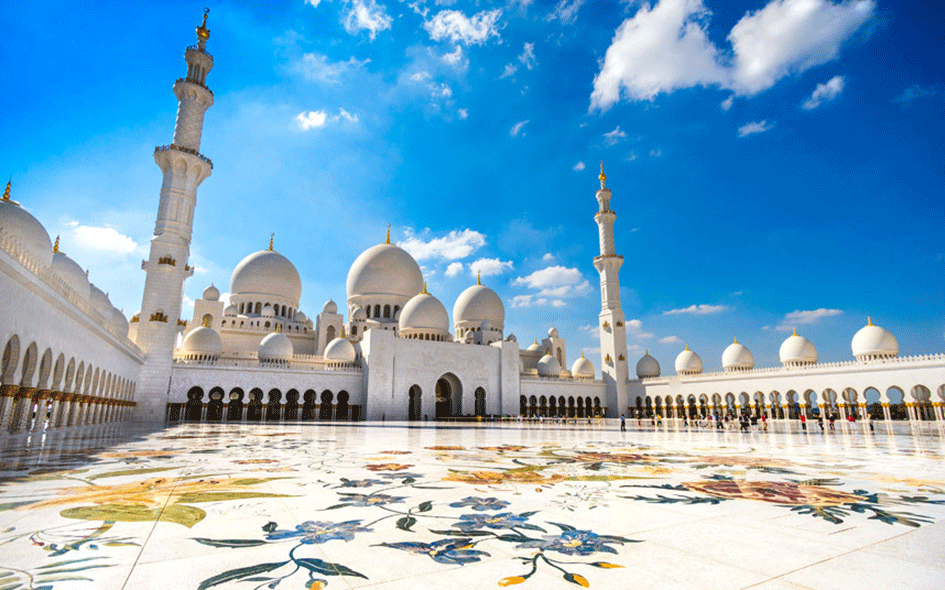
By Web Desk
Published: August 3, 2015

STOCK IMAGE
Three mosques in Pakistan made it to Telegraph Travel’s list of the world’s most beautiful mosques, published in appreciation of Islamic architecture around the world.
A photo gallery of the world’s most beautiful mosques was published by Telepgraph Travel displaying the intricate designs and architecture of the centuries-old places of worship.
Although beautiful mosques can be found in abundance around the world, here’s a look at our favourite ten mosques from different regions of the world.
1) Badshahi Masjid, Lahore
The Badshahi Masjid in Lahore was commission by the sixth Mughal Emperor Aurangzeb in the 17th century and is known for its red sandstone exterior and marble interior. The courtyard spreads across 279,000 square feet and its large minarets were supposedly used for storing light guns in the Sikh Civil War in 1841.

PHOTO: AMS
2) Masjid Al-Nabwi, Saudi Arabia
Built by Prophet Muhammad (pbuh), the mosque is one of the holiest sites in Islam. It is now home to the tomb of Prophet Muhammad (pbuh) inside the green dome. The mosque is made up of 10 large minarets and has the capacity of 600,000 worshipers; increasing to one million during Hajj.

PHOTO: THEIRANPROJECT
3) Blue Mosque, Istanbul
This stunning mosque forms an essential part of Istanbul’s skyline and its six needle-like minarets give the mosque its majestic feel. The mosque derived its name from its interior which is adorned with blue Iznik tiles and was built under the reign of Ottoman Emperor Ahmed I between 1609 and 1616.

PHOTO: Traveller.com
4) Hassan II Mosque, Morocco
The Grande Mosque Hasssan II is the world’s third largest mosque and supports the world’s tallest minaret at 210 metres. It stands on the seafront of Casablanca and the seabed is visible through the glass floor in the main hall of the mosque.

5) Wazir Khan Mosque, Lahore
Lahore’s Wazir Khan Mosque is on the ‘tentative’ list for Unesco World Heritage Site status since 1993 and was built in the 17th century under the reign of Shahabuddin Muhammad Shah Jahan. It is built in cut and dressed bricks laid in kankar lime, with some red sandstone in the gate and the transept. It is adorned with fresco paintings and tiles, with the predominant colours cobalt, cerulean blue, green, orange, yellow, and purple.

PHOTO: Pakistan360
6) Jama Masjid, Delhi
The Jama Masjid is known well for its striking red sandstone, marble interior, three large domes and two minarets. In the rich history of the mosque, two bombs were set off after Friday in the mosque’s courtyard, which left several people injured. In 2010, two tourists were injured after gunmen shot at a bus stop near the mosque’s third gate.

7) Sheikh Zayed Grand Mosque, Abu Dhabi
This mosque is home to the world’s largest hand-knotted carpet, crafted by 1,200 artisans, and a 12-tonne crystal chandelier. It has been described by experts as a “landmark building” that is worth visiting “for the architecture alone.”


